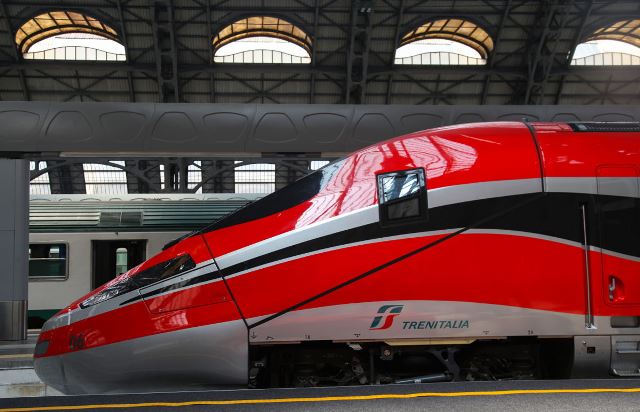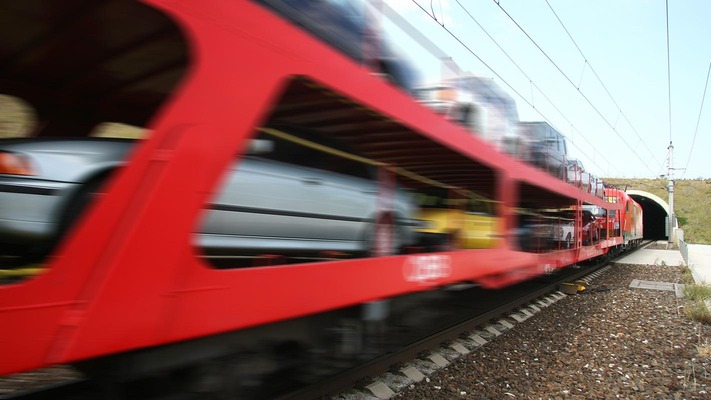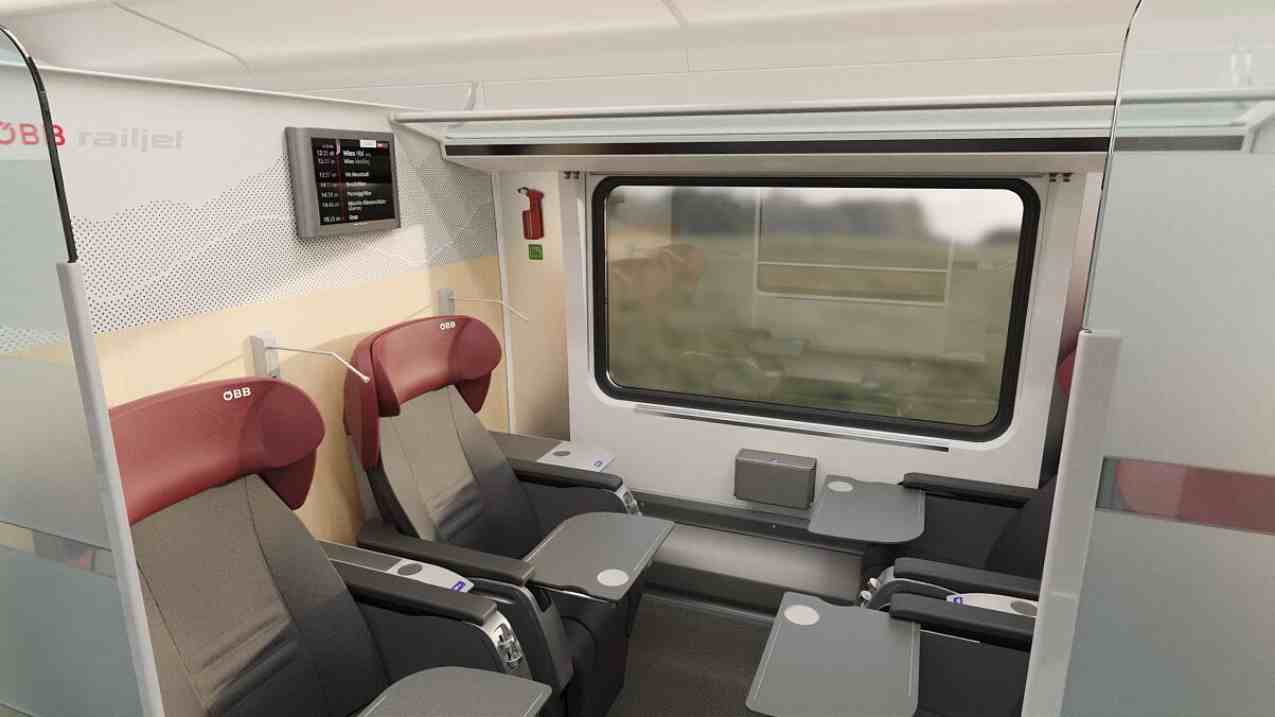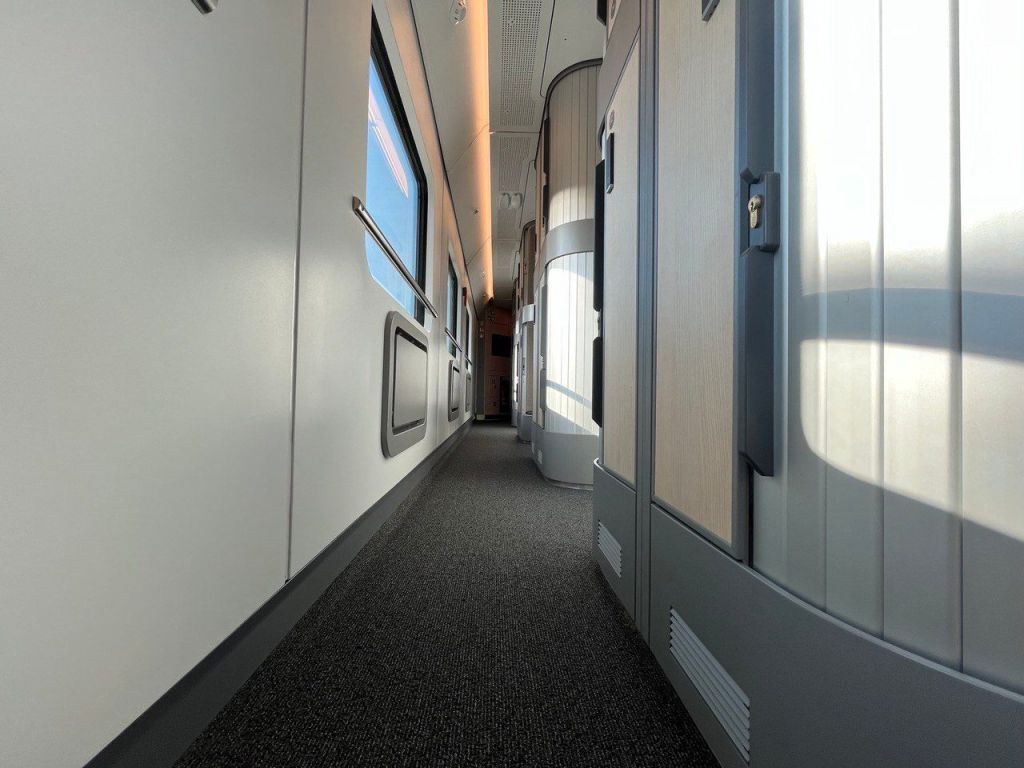High-speed trains in Europe are about to get a major upgrade. In a move set to transform cross-border travel, Italy’s Trenitalia, Germany’s Deutsche Bahn, and Austria’s ÖBB have signed an agreement to launch new direct train services between Germany and Italy starting December 2026.
These new services will introduce daily high-speed train connections from Munich to both Milan and Rome, making rail travel between the countries faster, easier, and more comfortable than ever before. The planned routes are:
Munich to Milan in about 6.5 hours, with stops in Innsbruck, Bolzano, and Verona
Munich to Rome in around 8.5 hours, stopping in Innsbruck, Bolzano, Verona, Bologna, and Florence
These additions are part of a European Commission pilot project aimed at encouraging more cross-border travel within the EU, especially by rail. With more people turning to trains for sustainability and comfort, these routes could shift how many travelers move through Central and Southern Europe.
Even bigger changes are on the horizon. By the end of 2028, the plan includes adding new direct trains between Milan and Berlin and between Naples and Berlin. These new connections will bring even more of Europe within easy reach by rail.
One major factor that will help these new routes is the future opening of the Brenner Base Tunnel, scheduled for completion by 2032. This high-capacity railway tunnel through the Eastern Alps is expected to cut about one hour off train trips between Germany and Italy. It will be a key link in Europe’s north-south rail corridor, boosting speed and reliability.
The new network is expected to offer a strong alternative to short-haul flights, helping reduce carbon emissions and easing pressure on European airports. Comfortable seating, scenic Alpine views, and fewer delays are just some of the perks that make these trains a promising option for both business and leisure travelers.
With this agreement, Trenitalia, Deutsche Bahn, and ÖBB are not only expanding their reach but also making it easier than ever for travelers to explore Europe by train—with no transfers, no airport lines, and no stress.






